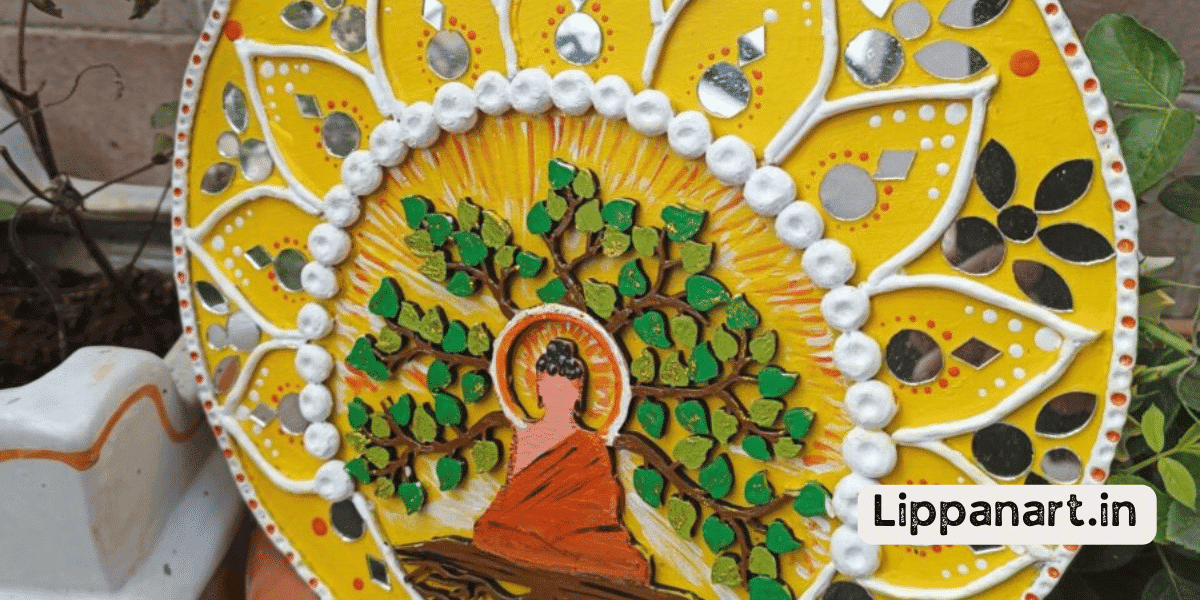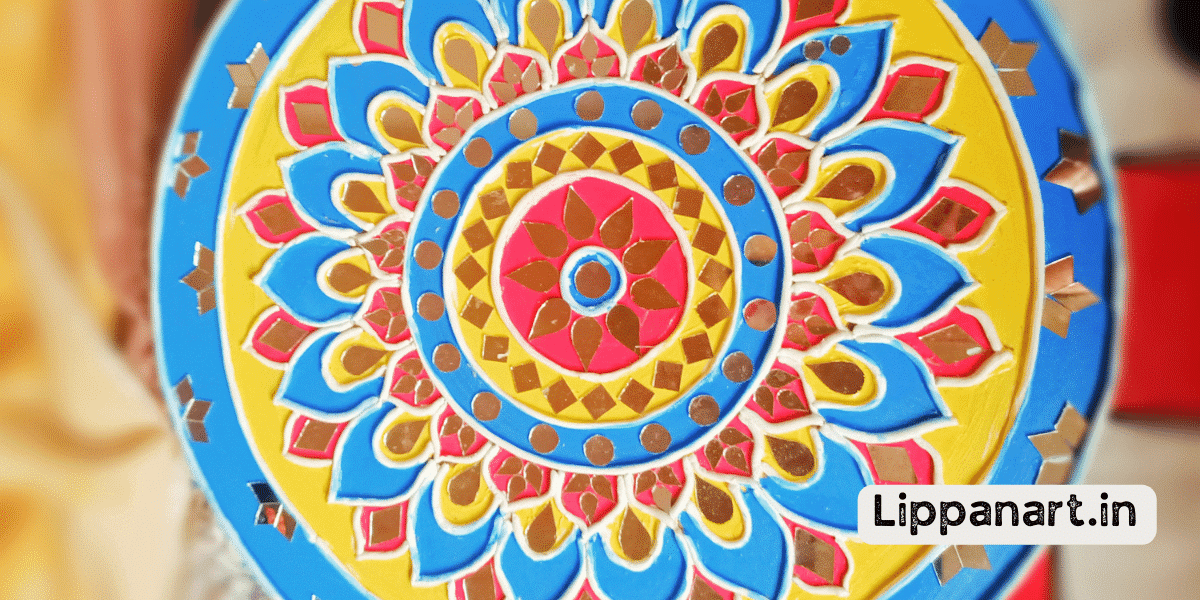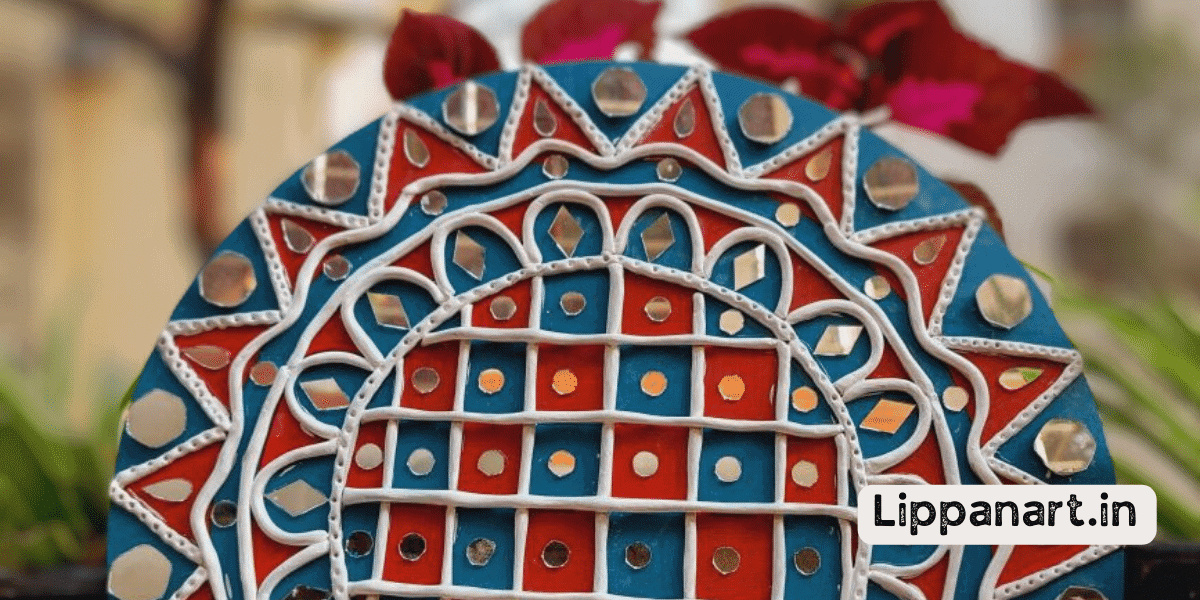You’re walking around an art gallery, admiring the beautiful works of art, when you come across a painting that stops you in your tracks. At first glance, the colours seem to jump out and grab you, and you can’t help but be drawn in.
You have stumbled upon body colour in art and are about to discover a world of innovation, creativity, and versatility. Let’s explore the basics of body colour in art and learn how to use it to create your own beautiful works.
Key Takeaways
- Body colour combines pigments and mediums used to create desired colours.
- Experimenting with different pigments and mediums can create new, unique colours.
- Body colour is used to represent the human form in paintings.
- Understanding body colour in paintings deepens appreciation for artwork.
Understanding the Basics of Body Colour in Art
Body colour in art is an essential element to understand. It’s the combination of pigments and mediums used to create a desired colour. Watercolour, gouache, and other mediums can be used to create body colour. The key is to ensure the right balance of pigment and medium is used to create the desired effect. With the right mix of water and pigment, you can create a variety of vibrant colours. Combining pigment and medium can also create a unique texture and look.
To master the art of body colour, it’s important to understand the fundamentals of mixing pigment and medium. Experiment with different pigments and mediums to see how the colour and texture changes. Also, try to use different combinations to create new, unique colours that aren’t found in traditional palettes. With the right technique, you can create something unique with body colour.
Body colour can also be used to create layers and textures. Achieve a unique and captivating appearance by layering various body colours. With the right combination of pigment and medium, you can create a variety of textures, such as rough or smooth. Experimenting with different combinations of pigment and medium can produce various textures and colours.
Body colour in art can be used to create something unique and innovative. You can create vibrant colours and unique textures with the right combination of pigment and medium. Experiment and play with the fundamentals of body colour to create something truly special.
Exploring the Role of Body Colour in Paintings
Exploring the role of body colour in paintings can help you understand the meaning behind the artwork. From watercolour to oil paint, artists often use body colour to represent the human form in their paintings. Layering different kinds of paint can create a realistic representation of a person’s skin tone and texture. Additionally, body colour can be used to reflect the style and mood of a painting. For example, a painting with a bright and vibrant skin tone may express joy, while a dull and muted skin tone may express sadness.
| Paint Layers | Resulting Flesh Tones |
|---|---|
| Single Layer | Uniform Tone |
| Multiple Layers | Gradual Tone |
| Mix of Hues | Complex Tones |
Overall, body colour is an important tool for artists to convey emotion and meaning in paintings. Using different paint layers and hues, they can create unique and detailed flesh tones to bring their artwork to life. Understanding how artists use body colour can enhance your appreciation of paintings.
Employing Different Techniques for Using Body Colour
Discovering different techniques for using body colour in artwork can help you create unique and detailed flesh tones. Whether you’re a painter from the 15th Century or a contemporary commercial artist, there are several ways to utilize body colour to create a realistic, lifelike image. Here are 4 techniques for using body colour that will take your art to the next level:
- Utilize white pigment: White pigment is essential for making realistic skin tones in painting. It can be used to lighten or darken colours and can also be mixed with other colours to create a variety of shades.
- Use poster colours: Poster colours are a great way to create beautiful and vibrant tones for your artwork. Try mixing colours to achieve a more customized look.
- Employ oil paints: Oil paints have been used by painters for centuries and are a great way to create bold and vibrant skin tones. Experiment with different colours and techniques to create unique effects.
- Incorporate commercial artists: Commercial artists often use various techniques to create realistic skin tones. Consider using their techniques to create a more lifelike image in your artwork.
- Editor’s Choice
- Best Seller
- Amazon Choice
Understanding the Importance of Body Colour
Knowing the importance of body colour in art is key to creating realistic and lifelike images. When creating a gouache painting, using the right mixture of pigments, brushes, sponges, and white paper can significantly enhance the vividness and realism of the final image. The use of body painting brushes and sponges is essential to apply the pigments in a way that mimics the body’s natural shape, contours, and colours. Natural pigments can create a more realistic effect as they mimic the properties of skin and the body’s natural colours.
Body colour is an important factor to consider when creating art, as it can help enhance the image’s overall effect. It’s important to pay attention to the contrast between the colours used and the white paper. Different shades of colours and hues can create a more dynamic and complex image. Artists can create more lifelike artwork by understanding how body colour impacts their work.
Body colour is an important element to consider when creating art, and learning how to use it effectively and creatively can help to create a more unique and eye-catching image.
Exploring Different Types of Body Colour Mediums
You can create unique and eye-catching artwork with so many body colour mediums available. From bodies to nineteenth-century designers, the possibilities are endless. You can find the perfect medium for your project, whether it’s gouache, inert pigment, acrylics or watercolours.
Here are some of the most popular body colour mediums available:
- Gouache – a fast-drying watercolour paint made from gum Arabic, inert pigment and water.
- Inert pigment – a type of paint made from the same ingredients as a watercolour but with an added inert pigment for greater opacity and colour.
- Acrylics – a type of paint made from acrylic resins and pigments that are water-resistant and highly durable.
- Watercolour is a type of paint made from finely ground pigments suspended in a water-soluble binder.
Each of these body colour mediums has unique properties, making them ideal for various projects. From traditional watercolour paintings to modern-day digital art, you can find the perfect medium to help you create innovative artwork. With so many options available, you can experiment until you find the ideal body colour medium for your project.
Exploring the Versatility of Body Colour in Artworks
You have probably seen the use of body colour in artworks, from ancient forms of body paint to more modern airbrush body paints. But did you know there’s a huge versatility in how body colour can be used? Gouache, acrylics, and other media can create unique works of art that catch the eye.
It’s not just limited to skin – you can use body colour to paint on fabrics, paper, and other surfaces. You can use body colour to create captivating art pieces with the right materials and techniques.
Gouache, a type of watercolour paint, is an especially popular medium for body colour due to its opacity. It’s easy to mix colours and create subtle gradients, making it an ideal choice for creating realistic artwork. Acrylic mediums are also great for body colour art, as they can be easily blended with various tools. And for a more dramatic effect, consider airbrush body paints. These paints come in various shades and can be used to create vibrant and striking works of art.
The versatility of body colour makes it an ideal medium for various art forms. From abstracts to realism, you can use body colour to express your creativity and create art that stands out. So, explore the possibilities that body colour can bring to your artwork. You might just be surprised by the results!
Tips for Using Body Colour Effectively
It’s important to understand how to use it effectively to create eye-catching pieces of art with body colour. Here are a few tips to help you get started:
- Use opaque watercolour to create a vibrant look and feel.
- Natural hair brushes can be used to create a smooth finish.
- Water-activated paints are great for creating a range of effects.
- Animal gelatin can be used to create unique textures and patterns.
You can also experiment with glitter tattoos for a fun and creative twist. Use quality body colour and apply it with patience and precision for a lasting effect. Using the appropriate method, you can attain remarkable, distinctive, eye-catching outcomes.
Feel free to experiment and explore what body colour offers. There are endless possibilities; you never know what amazing artwork you can create. Try different techniques and materials to find the look you like most. You can create beautiful art with body colour with a little practice and imagination.
Conclusion
Using body colour in art can be a truly transformative experience. Its vibrant hues and endless possibilities can transform a piece into something breathtaking.
Let body colour take your work to the next level, and you’ll be amazed by the vivid beauty that emerges. Imagine a canvas filled with a rainbow of colours, each carefully blended to create a masterpiece.
Let body colour be your guide, and you’ll soon create art to captivate your audience.














